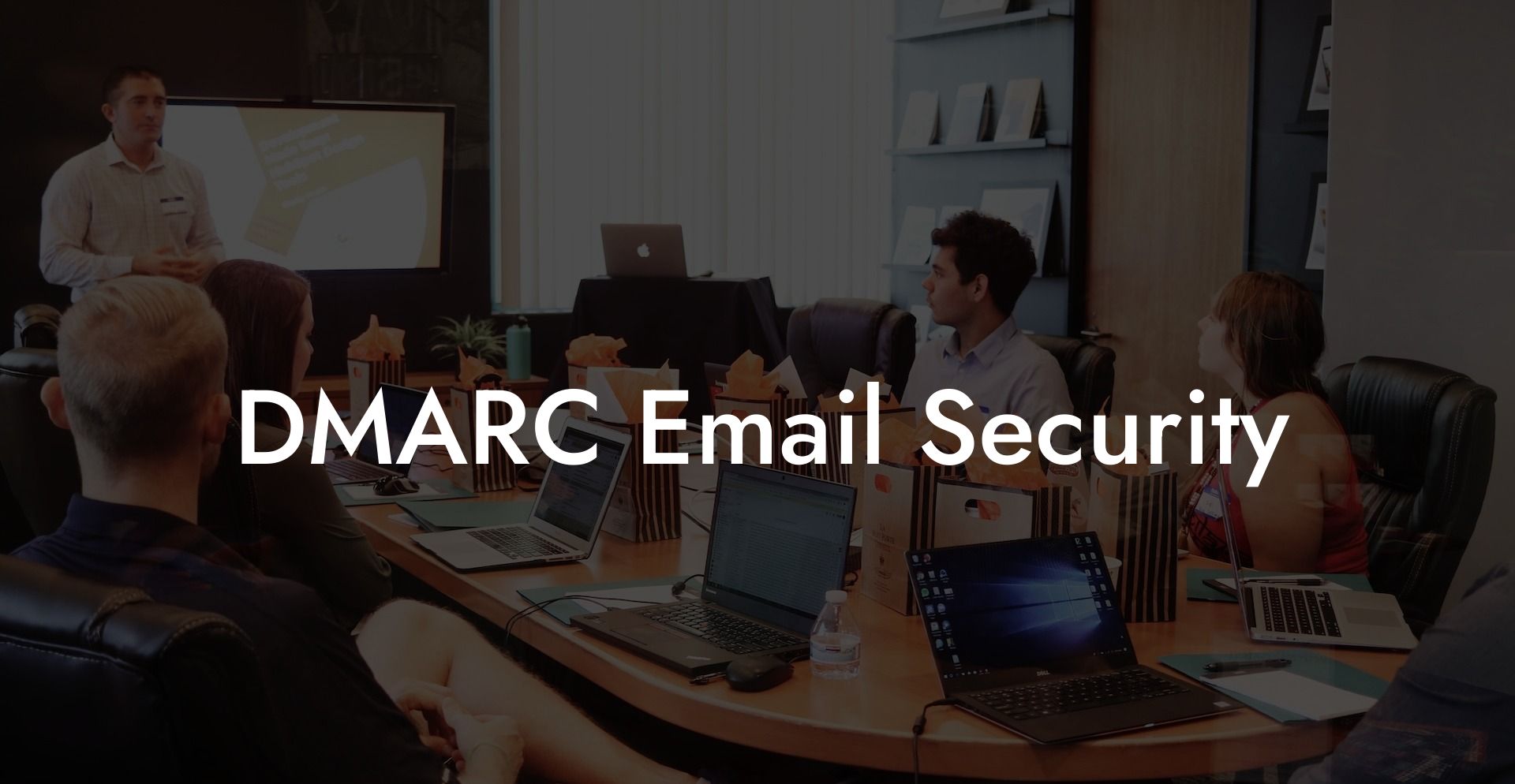With cyber-crime on the rise, it's more important than ever to protect your email from fraud and phishing attacks. One of the key tools to safeguard your communications is DMARC (Domain-based Message Authentication, Reporting, and Conformance). In this guide, we dive into the essentials of DMARC email security, demystifying how it works, and providing practical steps to help secure your inbox.
Understanding DMARC
DMARC is an email authentication protocol that assists in fighting against spoofing, phishing, and other malicious activities. It builds on two existing email authentication methods: SPF (Sender Policy Framework) and DKIM (DomainKeys Identified Mail). By combining these technologies, DMARC ensures that messages sent from your domain are authorized and legitimate, reducing the risk of your email being marked as spam or users falling victim to scams.
DMARC Components
- Authentication: DMARC checks the alignment of the sending domain with SPF and DKIM records, ensuring that the email is not spoofed or altered in any way.
- Policy: Domain owners can set up DMARC policies deciding how messages should be treated if they fail authentication checks (e.g., quarantine or reject the email).
- Reporting: DMARC provides valuable insight into email traffic, enabling domain owners to monitor and analyze email sending activities for any potential issues or threats.
Benefits of DMARC
Protect Your Data Today With a Secure Password Manager. Our Top Password Managers:
Implementing DMARC on your domain brings several advantages:
- Better Deliverability: With DMARC, your legitimate emails are less likely to be marked as spam, ensuring that your recipients receive your messages.
- Increased Trust: DMARC helps protect your brand by reducing the number of phishing attacks targeting your domain, ensuring a safer experience for your customers and partners.
- Visibility and Control: The reporting component of DMARC offers valuable insights, allowing you to identify potential issues in your email infrastructure and take corrective action.
Setting Up DMARC
To implement DMARC on your domain, follow these steps:
- Configure SPF and DKIM: Ensure that both SPF and DKIM are correctly set up for your domain. These email authentication methods are crucial components of DMARC.
- Create DMARC Record: Generate a DMARC record containing your policy and reporting preferences. The record should be added to your domain's DNS as a TXT entry under the "_dmarc" subdomain.
- Monitor and Analyze Reports: Once DMARC is implemented, monitor the reports generated to identify any email delivery issues and potential spoofing attempts. Adjust your policies and settings accordingly to improve security and deliverability.
- Implement Strict Policy: Once confident that your email authentication is functioning correctly, switch your DMARC policy from "none" to "quarantine" or "reject" for increased protection.
DMARC Email Security Example:
In this example, a company named "example.com" wants to set up DMARC for their domain. A DMARC record example for "example.com" would look like this:
_dmarc.example.com. IN TXT "v=DMARC1; p=quarantine; rua=mailto:dmarc@example.com; ruf=mailto:dmarc@example.com; sp=quarantine; ri=86400"
In this record, "v=DMARC1" specifies the version of DMARC being used, "p=quarantine" indicates that emails failing authentication should be quarantined, "rua=mailto:dmarc@example.com" and "ruf=mailto:dmarc@example.com" specify the addresses to which aggregate and forensic reports should be sent, "sp=quarantine" sets the policy for subdomains, and "ri=86400" defines the reporting interval (in seconds).
Once this record is added to the domain's DNS, "example.com" can start monitoring their DMARC reports and make necessary adjustments to ensure increased email security and deliverability.
Now that you've gained valuable insight into the world of DMARC email security, it's time to put this knowledge into practice. Strengthen your email infrastructure and protect your brand by implementing DMARC today. If you found this guide helpful, be sure to share it with your peers, and explore other fantastic resources on Voice Phishing for comprehensive cybersecurity information and tips.
Protect Your Data Today With a Secure Password Manager. Our Top Password Managers:















